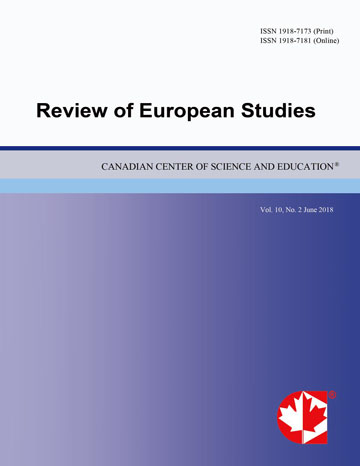The UltraS: An Emerging Social Movement?
Abstract
In recent years, there has been a rise in the conflict between the Italian police forces and football fans. This situation is a result of the resurgence of the UltraS (the S capital is a neologism of this study to suggest neo-fascist oriented fans' and to differentiate them from the wider hardcore football supporters -ultra’). However, despite their popularity among the Italian curve (football terraces), the UltraS have been the subject of fairly little ethnographic research. This paper is the result of ethnographic research conducted continuously between 2003-2006 and updated from 2007 to the first part of 2009. The research sought to evaluate the UltraS phenomenon via an examination of the internal and external dynamics of two nationally well-known groups located in the Italian capital of Rome (the Italian centre of the political power). The groups are the Boys Roma and the Irriducibili of Lazio who enact their performances on their respective curve (football terraces) of the city’s Olympic stadium. The present paper argues that the ideological alliance between the UltraS of Lazio and Roma (followed as example by other UltraS groups throughout Italy) , the death of Lazio fan Gabriele Sandri in 2007 (and concomitant violent UltraS’ reaction against the police) together with the existence of the UltraS Italia (a national organisation which unites the main Italian Ultras groups) are all elements that signify the beginning of a common meaningful opposition to the perceived repressive Italian State. Most importantly these elements appears indicating the UltraS as an emerging social movement.
 PDF
PDF
